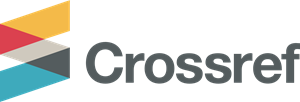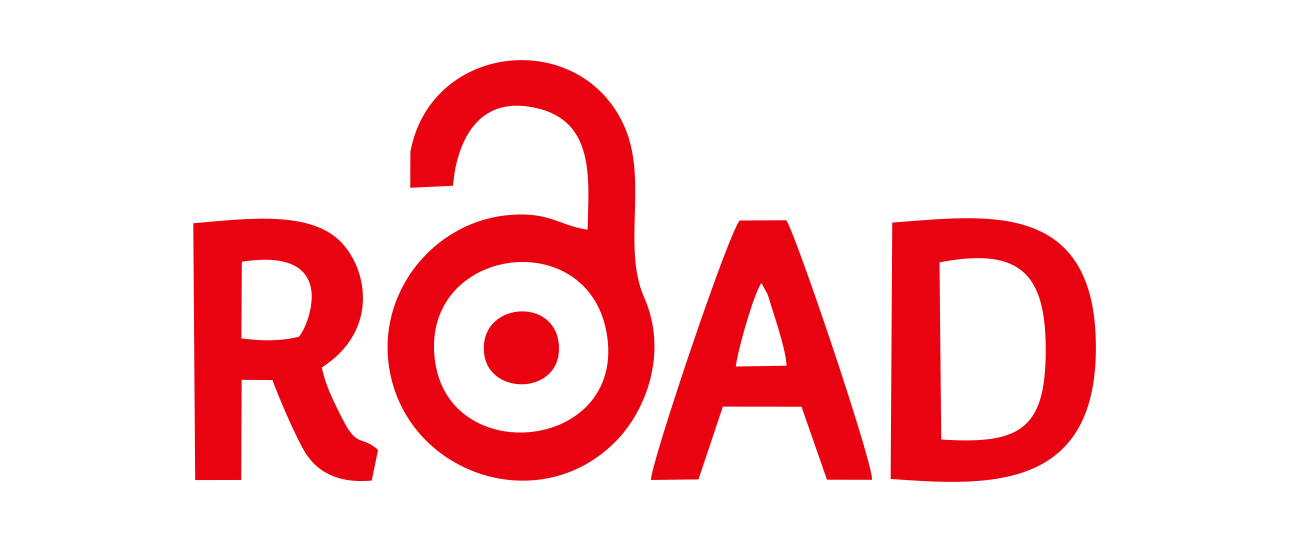Diversity and Abundance of Phytoplankton in Coastal Areas in Kendari Southeast Sulawesi Indonesia
(1) Study Program of Agricultural Technology Education, Faculty of Engineering, University Negeri Makassar, Makassar 90224, South Sulawesi, Indonesia
(2) Departement of Marine Science, Faculty of Fisheries and Marine Science, Halu Oleo University, Kendari, Southeast Sulawesi, Indonesia
(3) Fisheries Laboratory, Faculty of Fisheries and Marine Science, Halu Oleo University, Kendari, Southeast Sulawesi, Indonesia
(4) Department of Aquaculture, Agricultural Polytechnic State of Pangkep, Makassar-ParePare Km. 83, South Sulawesi, Indonesia;
(*) Corresponding Author
DOI: https://doi.org/10.26858/jai.v1i1.47152
Abstract
Phytoplankton is a microscopic algae that can be found in almost all aquatic habitats. Phytoplankton have an important ecological role in the waters, as the basis of the food chain and as a producer of oxygen, where their composition and abundance are strongly influenced by various environmental factors. This study aims to determine the community structure of phytoplankton including the diversity, abundance and dominance of phytoplankton found in various locations in coastal waters in Southeast Sulawesi. Sampling was carried out in several coastal waters in Southeast Sulawesi including Nambo, Bokori, Batu Gong, Toronipa and Tanjung Tiram beaches. Plankton sampling was carried out by filtering about 100 L of seawater using a plankton net with a mesh size of 20 µm. The filtered plankton samples were then preserved in 4% formalin for further observation in the laboratory. Water quality measurements of temperature, salinity, brightness and pH were carried out in situ while nitrate, phosphate and ammonia were carried out ex-situ. The results showed that there were about 30 species of phytoplankton found where the most species were found in Bokori Island (22 species) followed by Tanjung Tiram beach (21 species), Toronipa beach (19 species) and both Nambo and Batu Gong beaches with 17 species. The highest abundance of phytoplankton was found on Bokori Island (563 individuals/L) and the lowest abundance was found on Batu Gong beach (237 individuals/L). The highest diversity index value was found at Toronipa Beach (2.72) while the lowest diversity index value was found at Batu Gong Beach (2.13). For the dominance index value, the highest value was obtained at Batu Gong Beach (0.18) and the lowest value was obtained at Toronipa Beach (0.08). The difference in the structure of the phytoplankton community found in different locations is due to variation of the environmental conditions.
Full Text:
PDFReferences
Afif, A., Widianingsih & Hartati, R., 2014. Komposisi dan Kelimpahan Plankton di Perairan Pulau Gusung Kepulauan Selayar Sulawesi Selayan. Journal Of Marine Research, 3(3), pp. 324-331.
Anneville, O., Dur, G., Rimet, F., and Souissi, S. (2017). Plasticity in Phytoplankton Annual Periodicity: an Adaptation to Long-Term Environmental Changes. Hydrobiologia 824, 121–141. doi:10.1007/s10750-017-3412-z
Arinardi, O.H., Sutomo A.B., Yusuf S.A., Trimaningsih, Asnaryanti E., Riyono S.H. (1997). Kisaran dan kelimpahan komposisi plankton predominan di perairan kawasan timur indonesia.
Jakarta : LIPI.Cermeño, P., Rodríguez-Ramos, T., Dornelas, M., Figueiras,
F. G., Marañón, E., Teixeira, I. G., et al. (2013). Species richness in marine phytoplankton communities is not correlated to ecosystem productivity. Mar. Ecol. Prog. Ser. 488, 1–9. doi: 10.3354/meps10443.
Cermeño, P., Chouciño, P., Fernández-Castro, B., Figueiras, F. G., Marañón, E., Marrasé, C., et al. (2016). Marine primary productivity is driven by a selection effect. Front. Mar. Sci. 3:173. doi: 10.3389/fmars.2016.00173.
Iachetti, C. M., and Llames, M. E. (2015). Light Limitation Helps Stabilize the Phytoplankton Assemblage Steady-State in a Temperate and Highly Turbid, ypertrophic Shallow lake (Laguna Chascomús, Argentina). Hydrobiologia 752 (1), 33–46. doi:10.1007/s10750-014-2045-8
Jia J, Gao Y, Sun K, Lu Y, Wang J, Shi K. (2022). Phytoplankton community composition, carbon sequestration, and associated regulatory mechanisms in a floodplain lake system. Environmental Pollution https://doi.org/10.1016/j.envpol.2022.119411
John J (2012) A beginner's guide to diatoms. A.R.G. Gantner, Ruggel, Liechtenstein,
Kates M, Volcani BE (1966) Lipid components of diatoms. Biochim Biophys Acta 116:264-278
Mata TM, Martins AA, Caetano NS (2010) Microalgae for biodiesel production and other applications: A review. Renew Sust Energy Rev 14 (1):217-232.
Nybakken, J.W. (2005). Marine Biology : An Ecological Approach 6 ed. Pearson Education, Inc.
Odum EP. (1971). Fundamental of ecology. 3rd edition. London: W.B Saunders Co.
Olaizola M (2003) Commercial development of microalgal biotechnology : from test tube to the marketplace. Biomol Eng 20:459-466.
Padisak J, Borics G, Grigorszky I, Soróczki-Pintér E. (2006). Use of phytoplankton assemblages for monitoring ecological status of lakes within the Water Framework Directive: the assemblage index. Hydrobiologia 553(1):1–14. Available from: https://doi.org/10.1007/s10750-005-1393-9.
Rahmatullah M, Ali S, Karina S. (2016). Keanekaragaman Dan Dominansi Plankton Di Estuari Kuala Rigaih Kecamatan Setia Bakti Kabupaten Aceh Jaya. Jurnal Ilmiah Mahasiswa Kelautan dan Perikanan Unsyiah 1 (3): 325-330.
Raymont, J. E. G. (1980). Plankton and Productivity in the Ocean. New york : Pergamon Press
Richmond A (2004) Principles for attaining maximal microalgal productivity in photobioreactors: an overview. Hydrobiologia 512 (1-3):33-37.
Richardson K, Bendtsen J. (2017). Photosynthetic oxygen production in awarmer ocean: the Sargasso Sea as a case study. Phil. Trans. R. Soc. A375: 20160329. http://dx.doi.org/10.1098/rsta.2016.0329.
Tomas, C. R. (1997). Identifying Marine Phytoplankton. San Diego- New York-Boston- London- Sydney- Tokyo-Toronto: Academic Press Harcourt & Company.
Yamaji, I. 1996. Illustration ofMarine Plankton of Japan. 3rd ed. Hoikusha Publishing Co.Ltd. Japan.539 p.
Yuliana, 2015. Distribusi dan Struktur Komunitas Fitoplankton di Perairan Jailolo, Halmahera Barat. Jurnal Akuatika, VI(1), pp. 41-48
Article Metrics
Abstract view : 259 times | PDF view : 23 timesRefbacks
- There are currently no refbacks.
Copyright (c) 2023 Author(s)

This work is licensed under a Creative Commons Attribution 4.0 International License.
Publisher Address :
Agricultural Technology Education Study Program, Faculty of Engineering, Universitas Negeri Makassar
Kampus UNM Parang Tambung, Jalan Daeng Tata Raya, Makassar, South Sulawesi, Indonesia 90224
Email: j.agroscience@gmail.com
Website: https://ojs.unm.ac.id/journalagroscience
Journal of Agroscience Indonesia Indexed by:
This journal is published under the terms of Creative Commons Attribution 4.0 International License.






